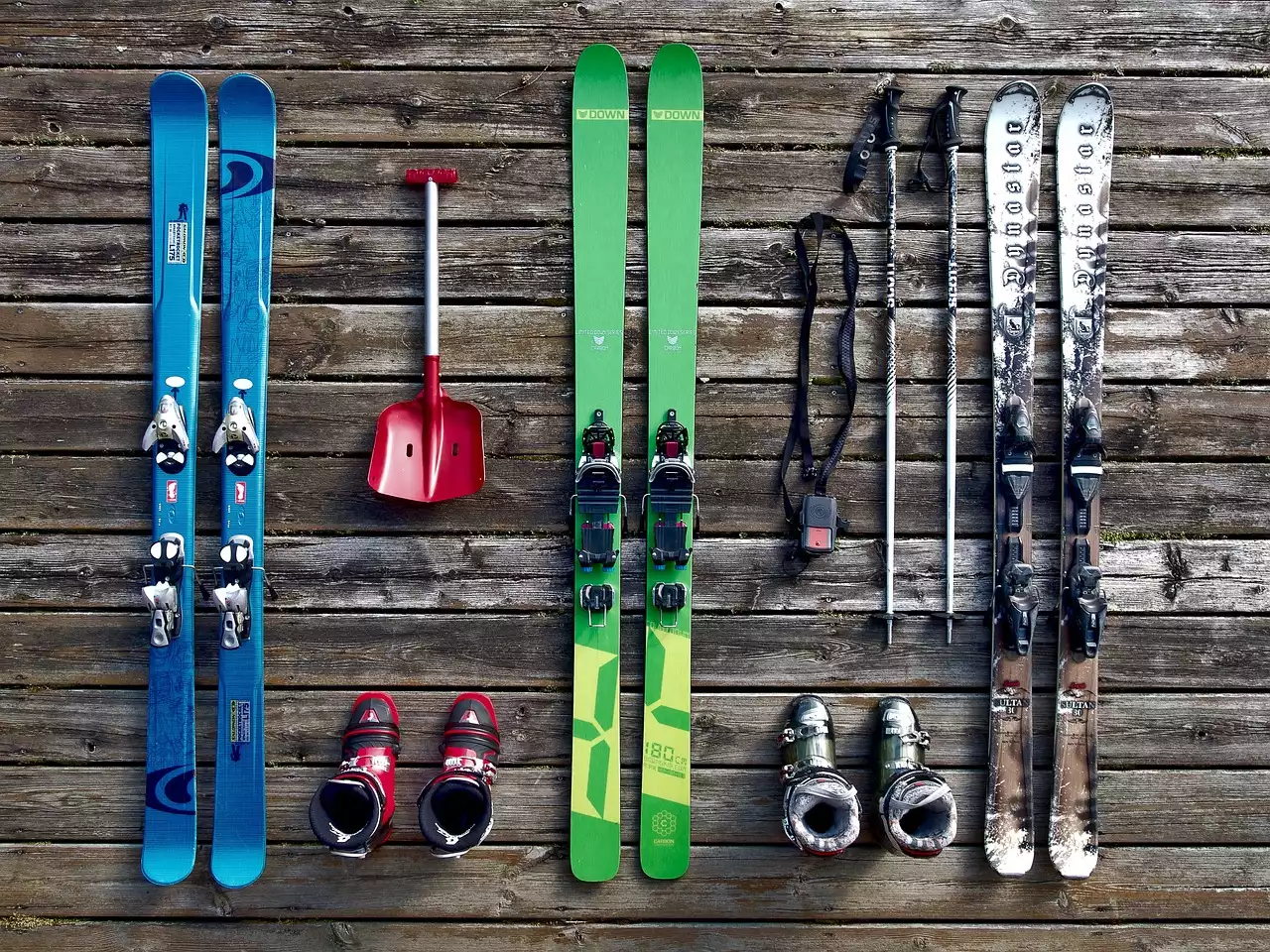The Early Days of Skiing and Equipment
Skiing has been around for thousands of years, but it was not until the 19th century that it started to become a popular sport. In the early days, skiing was primarily used as a mode of transportation in snowy regions. The equipment was basic, consisting of wooden skis and leather boots. The skis were long and narrow, with no metal edges, and the boots were soft and flexible.
As skiing started to become more popular as a recreational activity, the equipment began to evolve. In the early 1900s, the first alpine ski races were held. The skis used in these races were shorter and wider than the traditional wooden skis. They also had metal edges, which improved their performance on hard-packed snow.
By the 1930s, skiing had become a popular sport across Europe and North America. The development of ski lifts in the 1930s and 1940s made skiing more accessible to the masses. As a result, ski equipment became more specialized, and manufacturers began to focus on creating skis and boots that were specifically designed for the sport.
The Development of the Modern Ski
The development of the modern ski can be traced back to the 1950s and 1960s. During this time, manufacturers began to experiment with new materials and designs. One of the most significant innovations was the introduction of fiberglass. Fiberglass was lightweight, durable, and flexible, making it an ideal material for ski construction.
In the 1970s, the introduction of the shaped ski revolutionized the sport of skiing. Shaped skis had a wider tip and tail, and a narrower waist, which made them easier to turn. This innovation made skiing more accessible to beginners and helped to increase the popularity of the sport.
In the 1990s, the introduction of the parabolic ski took the sport to a whole new level. Parabolic skis had a curved shape that allowed skiers to carve turns more easily. This innovation made skiing faster, more fun, and more accessible to a wider range of skiers.
The Evolution of Ski Boots and Bindings
The evolution of ski boots and bindings has been just as significant as the development of skis. In the early days of skiing, boots were soft and flexible, made from leather. They provided little support or protection for the skier's feet and ankles.
In the 1960s, manufacturers began to experiment with plastic ski boots. Plastic boots were stiffer and provided better support and protection for the skier's feet and ankles. They also allowed for a more precise fit, which improved the skier's control over their skis.
In the 1970s, the introduction of the step-in binding revolutionized ski equipment. Step-in bindings allowed skiers to easily and quickly attach and detach their boots from their skis. This innovation improved the safety of the sport and made it easier for skiers to get in and out of their skis.
In the 1990s, the introduction of the carving ski led to the development of the modern ski boot. Modern ski boots are stiff and provide excellent support and protection for the skier's feet and ankles. They also have a precise fit, which improves the skier's control over their skis.
The Impact of Technology on Ski Gear
Technology has had a significant impact on the evolution of ski gear. The introduction of new materials, such as fiberglass and carbon fiber, has made skis lighter, stronger, and more durable. The use of computer-aided design and engineering has allowed manufacturers to create skis and boots that are more precise and tailored to the needs of individual skiers.
The introduction of new technologies, such as rocker and camber, has also revolutionized the sport of skiing. Rocker technology allows skis to float on top of soft snow, making them ideal for powder skiing. Camber technology provides better edge control and stability on hard-packed snow, making them ideal for carving turns on groomed runs.
Recent Advancements in Ski Technology
In recent years, ski technology has continued to evolve at a rapid pace. One of the most significant innovations has been the introduction of the integrated ski binding system. Integrated ski bindings are designed to work seamlessly with the ski, providing better performance and control.
Another significant innovation has been the development of smart ski technology. Smart skis are equipped with sensors that track a skier's movements and provide feedback on their skiing technique. This technology can help skiers improve their technique and become better skiers.
Ski Gear Trends and Innovations for the Future
The future of ski gear is exciting, with new technologies and innovations on the horizon. One of the most promising areas of development is in the field of wearable technology. Ski clothing and equipment are being developed with sensors that can track a skier's vital signs, such as heart rate and body temperature. This technology can help skiers stay safe and healthy while on the slopes.
Another area of development is in the field of sustainable ski gear. Manufacturers are developing skis and boots that are made from eco-friendly materials and are designed to be recycled at the end of their life.
The Impact of Ski Gear on the Sport of Skiing
The evolution of ski gear has had a significant impact on the sport of skiing. It has made skiing more accessible, safer, and more enjoyable for millions of people worldwide. The introduction of new technologies and innovations has also helped to push the boundaries of the sport, making it faster and more exciting than ever before.
Popular Ski Gear Brands and Their Contributions
There are many popular ski gear brands that have made significant contributions to the evolution of ski gear. Some of the most notable include Rossignol, Salomon, and Fischer. Rossignol was one of the first manufacturers to experiment with fiberglass skis, while Salomon was at the forefront of the development of step-in bindings. Fischer has been a leader in the development of carving skis.








.png?size=50)

